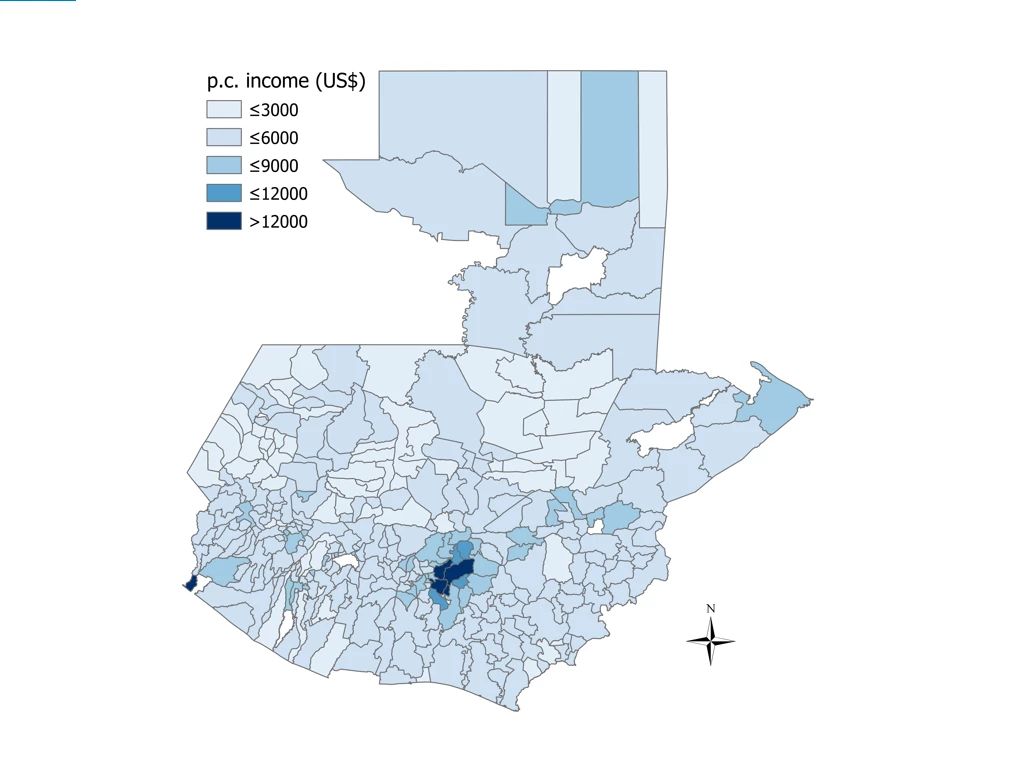 The Economic Community of West African States (ECOWAS) is making some real progress in regional integration. After decade-long negotiations, it has just launched its own Common External Tariff (CET), and now a final proposal for an Economic Partnership Agreement (EPA) with the European Union is also on the table.
The Economic Community of West African States (ECOWAS) is making some real progress in regional integration. After decade-long negotiations, it has just launched its own Common External Tariff (CET), and now a final proposal for an Economic Partnership Agreement (EPA) with the European Union is also on the table.
However, vast differences in opinion remain regarding the likely effects of these reforms. In Nigeria—a key player in the region— debate is currently lively as to whether the country should sign the EPA, with some local stakeholders wary of the proposed reduction in trade protection.
Noting these concerns, the World Bank Group recently shed more light on the anatomy of these trade shocks. By analyzing detailed trade and firm data in a simple short-term framework, we were able to pick up details that are important determinants of how the reforms might play out—even in the longer run. The full reports can be found here, along with a non-technical policy note.
So what did we find?
Full implementation of the CET and EPA in Nigeria would result in some fiscal losses and marginal welfare gains for consumers, according to our analysis.
But the surprise comes at the firm level: A majority of manufacturing firms actually stands to gain from both the CET and EPA.
Why? While some heavily protected firms may lose some of their rents, there are many others who will benefit from lower prices on their inputs and equipment, leading to a net increase in profits.
The real gains may actually come in the longer run: economic literature tells us that while output protection usually does little but create windfall profits for firms, access to cheaper (and better) inputs and equipment is an important determinant of continuous productivity growth.
This is not to say that implementing the CET and EPA will be costless, or that there aren’t firms and workers that stand to lose.
We find that many firms that will lose some protection currently have above average profits, and many of them will continue to do so even after the reform. But there are also a few businesses that may no longer be profitable, raising the question of appropriate policy measures to support firms to become more competitive or workers to find new jobs.

The figure below compares the net effects of CET and EPA implementation on the profitability of the median Nigerian firm, with two examples for alleviating typical supply side constraints: outages in electricity and high transport costs. Both have strongly positive effects that clearly outweigh the costs of trade reform.

This means complementing and deepening the trade and regulatory reform agenda to address barriers to goods and services that are critical inputs and determinants of firms’ competitiveness. But efforts should also be stepped up to undertake the regional and domestic reforms needed to address deeper supply-side constraints to competitiveness, including non-tariff barriers, access, quality, and costs of backbone services, trade facilitation, etc.
If the momentum from the CET and EPA, supported by the related aid for trade, can be leveraged to this end, the positive development results will far exceed any short term effects of reduced protection.



Join the Conversation